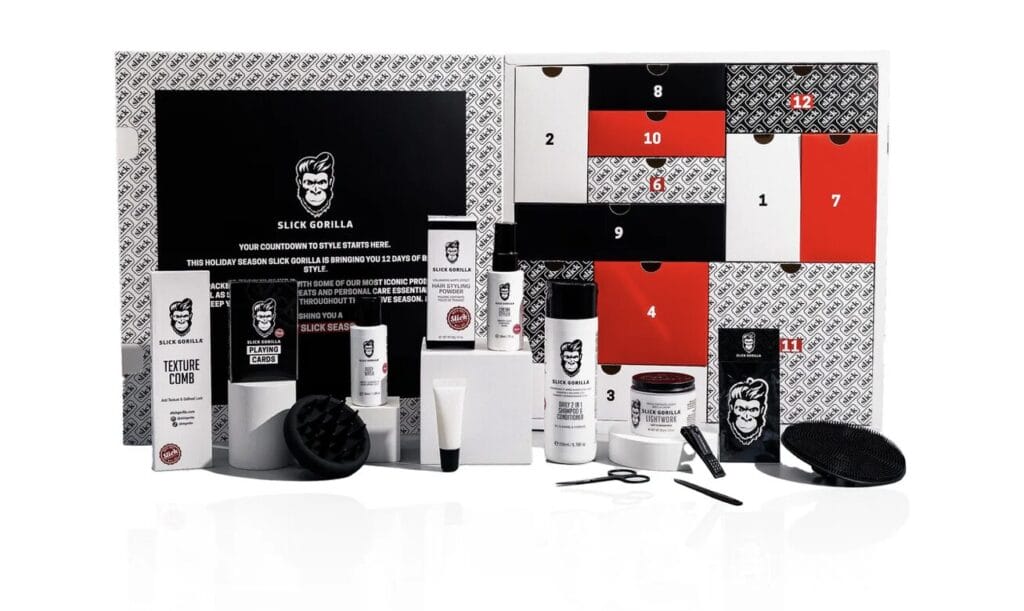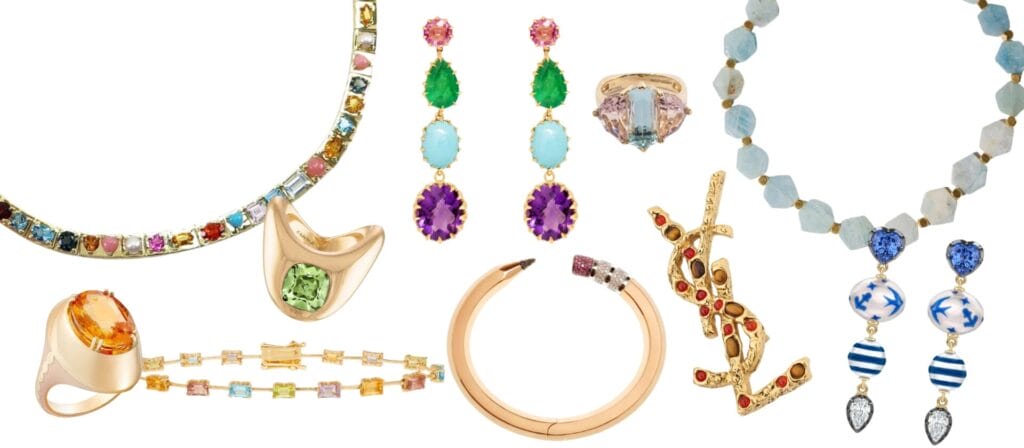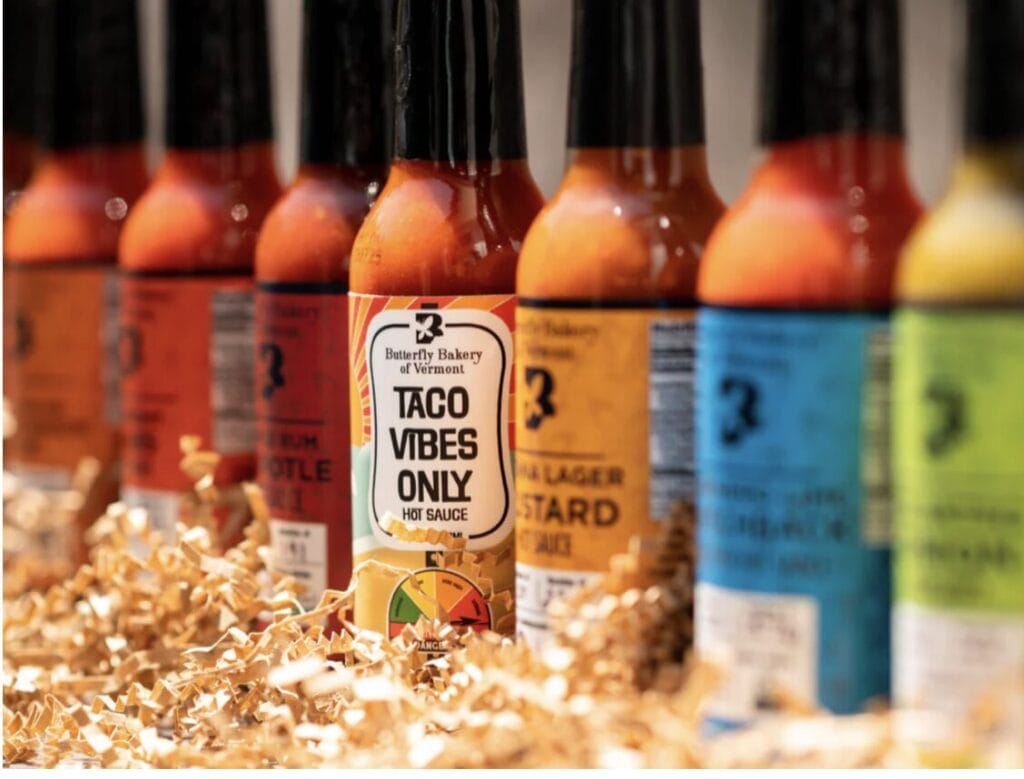“This editorial not only honors the enduring legacy of neckwear but also anticipates its evolving influence in the realm of fashion, weaving together historical insights with contemporary trends.” – Joseph DeAcetis
In 2024, the adage “dress for success” remains as relevant as ever, underscoring the power of a well-curated wardrobe in both professional and social settings. The concept of “dressing for success” can be traced back to the mid-20th century, popularized by John T. Molloy’s 1975 book Dress for Success, which outlined how attire could influence others’ perceptions and, consequently, one’s career trajectory. However, the roots of this idea stretch even further back, intertwining with the evolution of men’s fashion accessories—particularly neckwear.
The necktie, as we know it today, finds its origins in the 17th century when Croatian mercenaries served in France during the Thirty Years’ War. The soldiers’ distinct neckwear caught the attention of Frenchmen, and soon, this “cravat” became a fashion staple among the European elite. As time passed, the necktie evolved in shape, style, and cultural significance, eventually reaching its peak popularity in the mid-20th century. During this period, ties became a symbol of professionalism and status, cemented by icons like Cary Grant, Fred Astaire, and Frank Sinatra, who wore them with timeless elegance.
However, as corporate dress codes began to relax and casual wear became more accepted in the workplace, the neckwear industry faced a decline. Yet, even in today’s more relaxed fashion landscape, ties remain a symbol of refinement and sophistication, with the neckwear industry still generating substantial revenue. In 2024, the global neckwear market is valued at approximately $3.5 billion, reflecting a resilient demand for this classic accessory.
Among the many styles and variations of neckwear, three tie knots stand out for their popularity and versatility:
- The Windsor Knot: A wide, symmetrical knot that exudes power and confidence, ideal for formal occasions and broad-collared shirts.
- The Half-Windsor Knot: A slightly smaller version of the Windsor, offering a sleek and professional appearance suitable for business settings.
- The Four-in-Hand Knot: A narrow, asymmetrical knot that is versatile and easy to tie, perfect for more casual or everyday wear.
In the midst of this evolving landscape, Mountain and Sackett, a distinguished name in the neckwear industry, continues to uphold the tradition of fine craftsmanship while adapting to modern trends. Founded by Bill Mountain and Nick Sackett, the company is headquartered in New York City, with their ties meticulously handcrafted in the USA. Mountain and Sackett cater to a discerning demographic that values quality, heritage, and style. Their psychographic target includes men who are confident, ambitious, and appreciate the subtle art of dressing well.


Mountain and Sackett’s current offerings include a diverse range of ties, each designed to inspire confidence and self-assurance. The company’s commitment to excellence is evident in every stitch, making their ties an essential accessory for men who understand the power of a polished appearance. Here are five reasons why a man might consider wearing a tie:
- To Make a Strong First Impression: A tie can set the tone for a business meeting, interview, or first date, signaling professionalism and attention to detail.
- To Express Personal Style: Ties offer a unique opportunity to showcase individuality through patterns, colors, and textures.
- To Elevate an Outfit: Even a simple suit can be transformed into a statement look with the right tie.
- To Adhere to Formal Dress Codes: Certain occasions, such as weddings or formal events, require a level of dress that only a tie can provide.
- To Project Authority and Confidence: In corporate settings, a tie can enhance one’s presence and command respect.
Studies have shown that men who are well-dressed and well-groomed are often perceived as more competent and trustworthy in the workplace. This perception can lead to greater professional opportunities and career advancement.
As we transition into my interview with Bill Mountain and Nick Sackett, we will delve into three key topics: the evolving role of ties in men’s fashion, Mountain and Sackett’s approach to sustainability, and the future of the neckwear industry. Joseph DeAcetis
Interview with Bill Mountain and Nick Sackett
Joseph DeAcetis: Where and when are men in the USA wearing ties in 2024? Have you noticed any shifts in the occasions or environments where ties are most popular?
Bill Mountain and Nick Sackett: Men are still wearing ties in the workplace, particularly in the legal professions. However, as more people work from home, we’ve seen a real focus on dress clothing and accessories for social events and weddings. While the workplace has shifted in its clothing culture, the event space has become more of an opportunity to dress up and wear a tie.


Joseph DeAcetis: Why do you believe the necktie remains an important accessory in men’s fashion? What does a tie symbolize or communicate in today’s style landscape?
Bill Mountain and Nick Sackett: The simplest answer is tradition. Ties have represented success and sophistication for centuries, and our traditional wardrobe is still built around some type of neckwear. At the same time, we’re not going to see a return to singular trends like the Power Tie of the 1980s. Today it’s more impressive to wear something that ties into one’s unique individualism.


Joseph DeAcetis: What are the key trends happening in the neckwear industry this year? Are there any specific colors, patterns, or materials that are gaining popularity among your customers?
Bill Mountain and Nick Sackett: This year the color green has been surging in popular culture, and in popularity across many clothing categories. This could be a positive result of the global emphasis on environmentalism, or a continued growth in the influence of European stylists. We’re also actively seeking out sustainable, natural fabrics to accompany our silks. The subtle textures of natural fibers like linen and wool have added a new dimension to our assortments and are gaining in popularity.
As we conclude this exploration of the neckwear industry, it’s clear that ties continue to hold a significant place in men’s fashion, even as trends evolve. Mountain and Sackett exemplify the blend of tradition and innovation that keeps neckwear relevant in today’s world. For those who understand the power of a well-tied knot, the future of neckwear is as bright as ever.
About the Author:
Joseph DeAcetis is a visionary in the world of fashion, renowned as the best wardrobe stylist and art director of his generation. His impressive accolades and unmatched expertise set him apart in the industry. Joseph covers the intersections of style, culture, art, and fashion, with a particular emphasis on the evolving status of menswear.
Throughout his illustrious career, Joseph has penned award-winning columns for top-tier publications such as Esquire, People Magazine, Robb Report, and Playboy. His profound insights and engaging narratives have made him a leading voice in fashion journalism.
Most recently, Joseph served as the creative fashion director for Forbes Media, where he excelled as both a critic and reporter. His extensive body of work highlights the importance of dressing for success and explores how technological advancements are reshaping the fashion industry. Joseph’s authoritative yet approachable voice continues to inspire and influence fashion enthusiasts worldwide.
Comments, questions, or feedback? message me at stylelujo.com
Save Article








